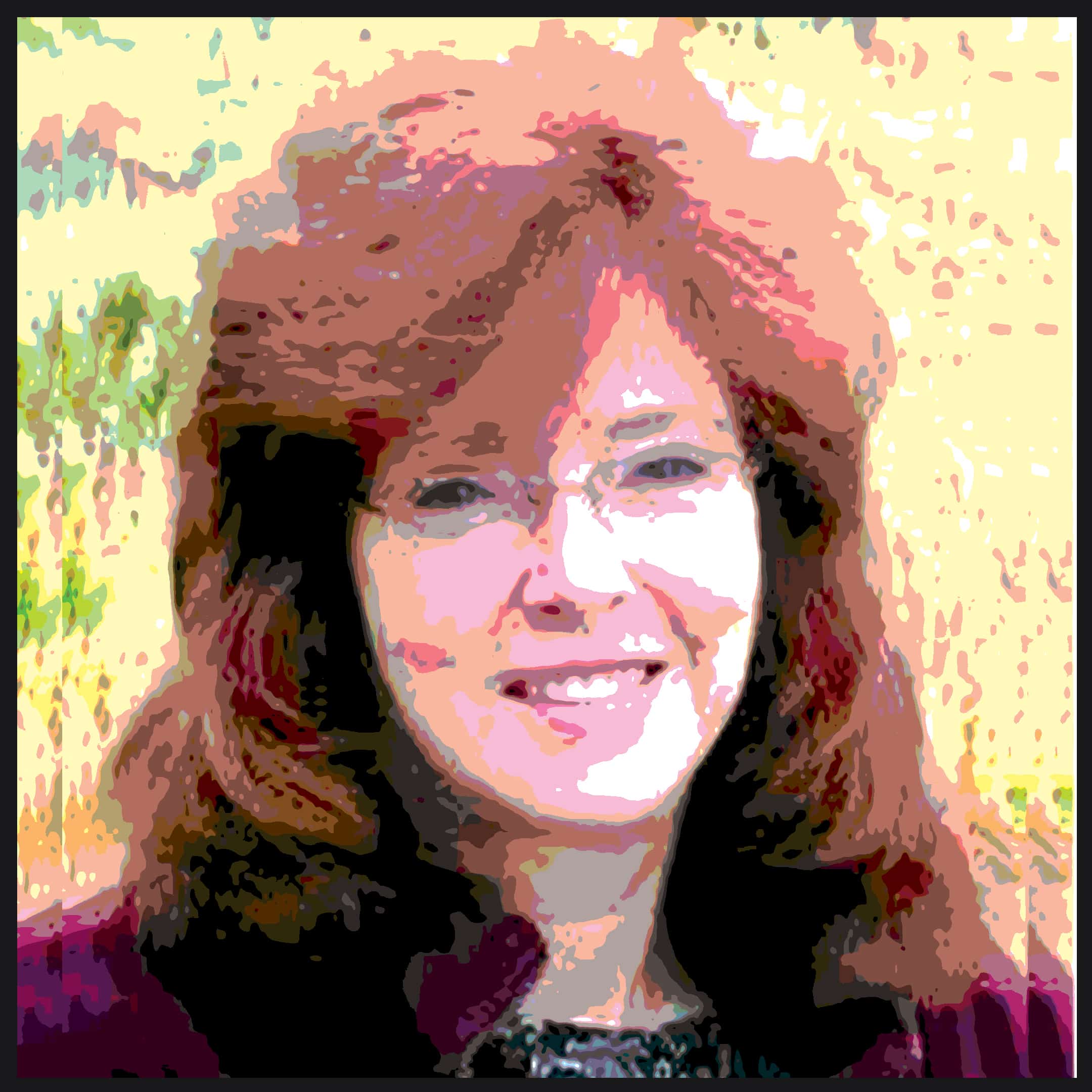Dr. Garza speaks with the Third Option on the tools she is using to dismantle the House Oppression built.
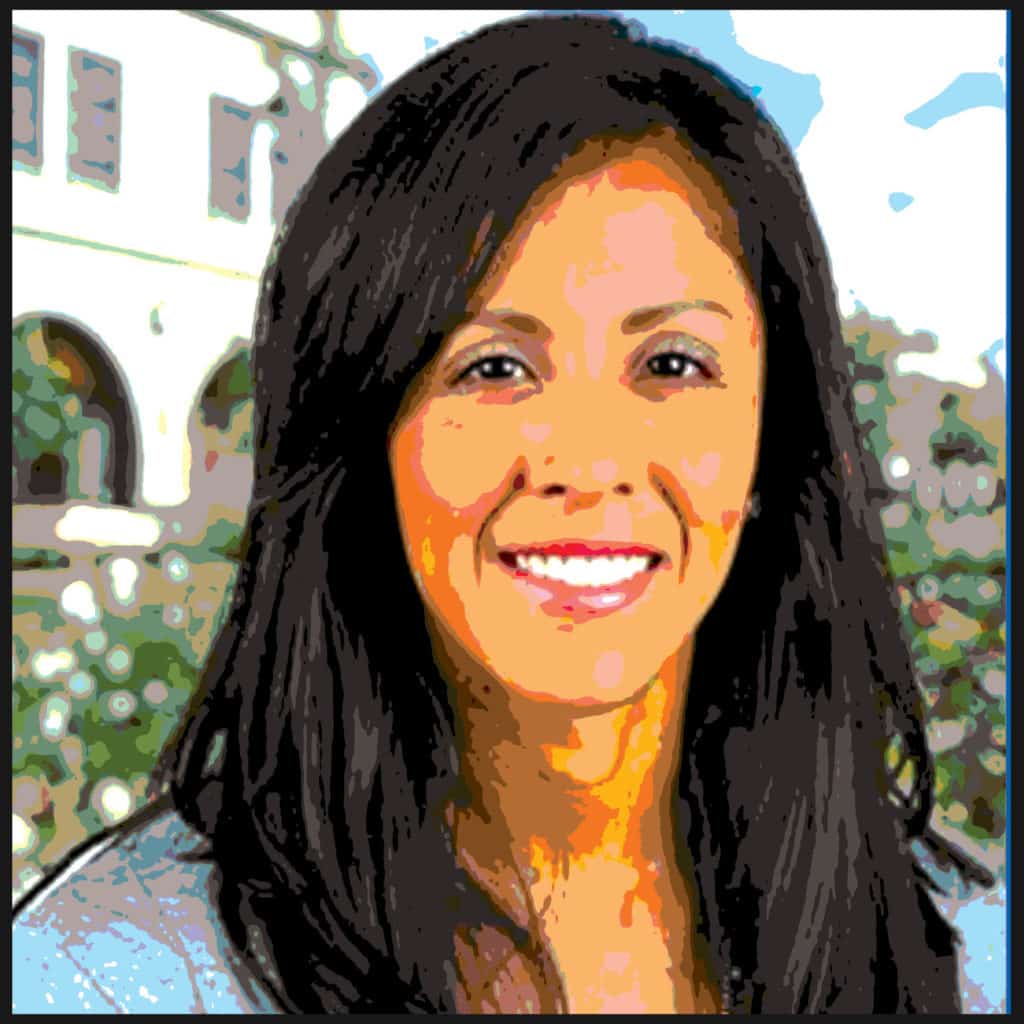
By Robert Simmons
The pedagogy of the oppressed is an instrument for their critical discovery that both they and their oppressors are manifestations of dehumanization…Only the oppressed, and those who will stand with them, have the ability to save both sides…Teachers are best suited to this role of standing with the oppressed, to give them the tools to work out of their dehumanization, and stand as equals.
Paulo Freire, Pedagogy of the Oppressed
About Dr. Garza
Dr. Veronica Garcia Garza is a teacher on a constant mission to empower her students toward the best possible version of themselves. Out of necessity, this makes her a pragmatist, in order to find what will best serve her students’ needs. To this end, she has chosen Critical Pedagogy, meant to embolden otherwise marginalized students toward a life of self-actualization. This is done, quite cleverly, by showing them to be experts on the subject of their own marginalization – in fact, they are the only true experts – equipped with a daily barrage of limitless material to draw upon. Make no mistake, however; Dr. Garza does not use this pedagogy as a means to any political end, but simply because it works to engage student effort. Students are transformed from living down to society’s expectation of them, to living up to the expectations they set for themselves.
In this era of instant gratification, we determine if something ‘works’ based on whether it turns on or off when we flip a switch. To undo centuries of oppression, however, solutions ‘work’ more like the friction of running water on a landscape of solid rock; time and patience is required. For those who have been on the non-dominant side of this equation, time and patience have often been the only strategies available.

Dr. Garza has a master’s degree from Harvard, and a Doctorate Degree from USC; armed with more education than a Wall Street Hedge Fund manager, she went instead into Northeast Los Angeles, where she propelled high school students (many with a 4th grade reading level) to college admission status, per her charge as an AVID and ELA teacher. Her struggle and triumph has been captured in Critical Media Pedagogy: Teaching for Achievement in City Schools, a book demonstrating “how media can be more effectively integrated into K12 classrooms, so that young people are aware of media impacts and challenge the negative messaging media promotes about youth and their identities.”
Dr. Garza has felt the undertow of discrimination and assimilation, but has always planted her feet firmly beneath her, and managed to remain unmoved by it. Her experience has helped inform her personal path toward self-actualization: to teach others to tread water in a sink-or-swim world, where the rising tide of Economic Growth has left many of our citizens suspiciously short of lifeboats. She is heavily armed with the tools to inevitably dismantle the Master’s House, and as Audre Lorde would undoubtedly point out, they are not the Master’s tools of Retributive Justice and Authoritative Control, but ‘Restorative’ tools, that could only be considered weapons by those wishing to maintain this inequitable dominance over their fellow citizens.
We applaud the work of Dr. Garza, and thank her for the opportunity to better understand the tools she has honed throughout her time as an educational practitioner – teaching, researching, and helping other teachers to also be the best versions of themselves.
PREAMBLE
Being a teacher is a lot like being a parent: both are extremely difficult, and whoever has not attempted either of these endeavors ‘should’ keep their uninformed opinions to themselves.* Of course, people are incapable of NOT having an opinion, regardless of the lack of knowledge used to form it, and indirectly, this is the root of our current dilemma, and the subject of this article.
People who strive for true self-actualization understand that when something is difficult or complicated, it simply means that they have not figured it out yet. When the Liberty of entire groups of people continues to be ‘difficult’ or ‘complicated’ to secure, this likewise means that we have not quite figured it out yet, though some uninformed, culturally unresponsive retributive justice advocates tied to socially toxic traditions would likely disagree.
They [the politically right and left] both suffer from an absence of doubt.
Marcio Mareira Alves
A Brief History Of The World
In this giant housing complex we call Earth, the prior tenants left us with quite a mess. Some of us feel obligated to clean it up; others are fine with stepping over it and around it, and let the next tenants deal with it. At least one percent of us seem to like it just the way it is.
In the history of human civilization, there have been (and still remains) two distinct groups of occupants: an indigenous type of people, who form ‘roots’, secure themselves to the earth, and weather the various storms of human existence by ‘sheltering in place’. This group, by virtue of their close proximity to each other, learned handy tools like loyalty, perseverance, cooperation, trust, interdependence, negotiation – skills one often sees within extremely large families, where compromise becomes essential to the well-being of all.
The other group was a nomadic type of people. It migrated, in order to pursue ‘happiness’; It valued ‘self reliance’. Its transient and isolationist lifestyle did not facilitate learned skills like trust, sharing or cooperation. Within this mindset, Liberty was achieved with guns and a mandate from what can only be described as the anti-Christ. Property rights were conveniently established after gaining said property from the previous owners (these so-called ‘indigenous’ types). ‘Freedom’ was defined as the right to pursue the ‘happiness’ that was seemingly never quite within reach.

So here we are today, with a helluva problem. The dominant sector attempts to commodify their own children as assets in a continued pursuit of material happiness, while the non-dominant sector remains powerless, unforgiven, inconsequential, and isolated – the very definition of incarceration. Can we really be surprised when our youth, marginalized in this way, ultimately fulfill society’s expectations of them, and wind up reaching ‘self-actualization’ in a state prison?
Situated dead center within this toxic space sits Education, which deep down knows the definition of true Freedom, Power and Liberty, but must instead prepare children for the Oppressive Version of each, as our fates are tied, not to each other, but to the ‘neoliberal’ model of Economic Growth. If change has a snowball’s chance in hell of happening, it is through opening the eyes of our youth to a Freedom that walls us in, a Liberty that must be taken, and a Power that feels a lot like Control. This is the essence of Critical Theory.
*Disclaimer: It is not the purpose of this article to explain teaching to those who have never taught, or parenting to those who have never parented; we will, as is our mandate at the Third Option (and Forebrain Underground), attempt to help all of us locked inside the box of Oppression to think ‘outside the box’, and reflect more deeply upon this Pedagogy of the Oppressed.
Critical Theory
What is the aim of critical theory?
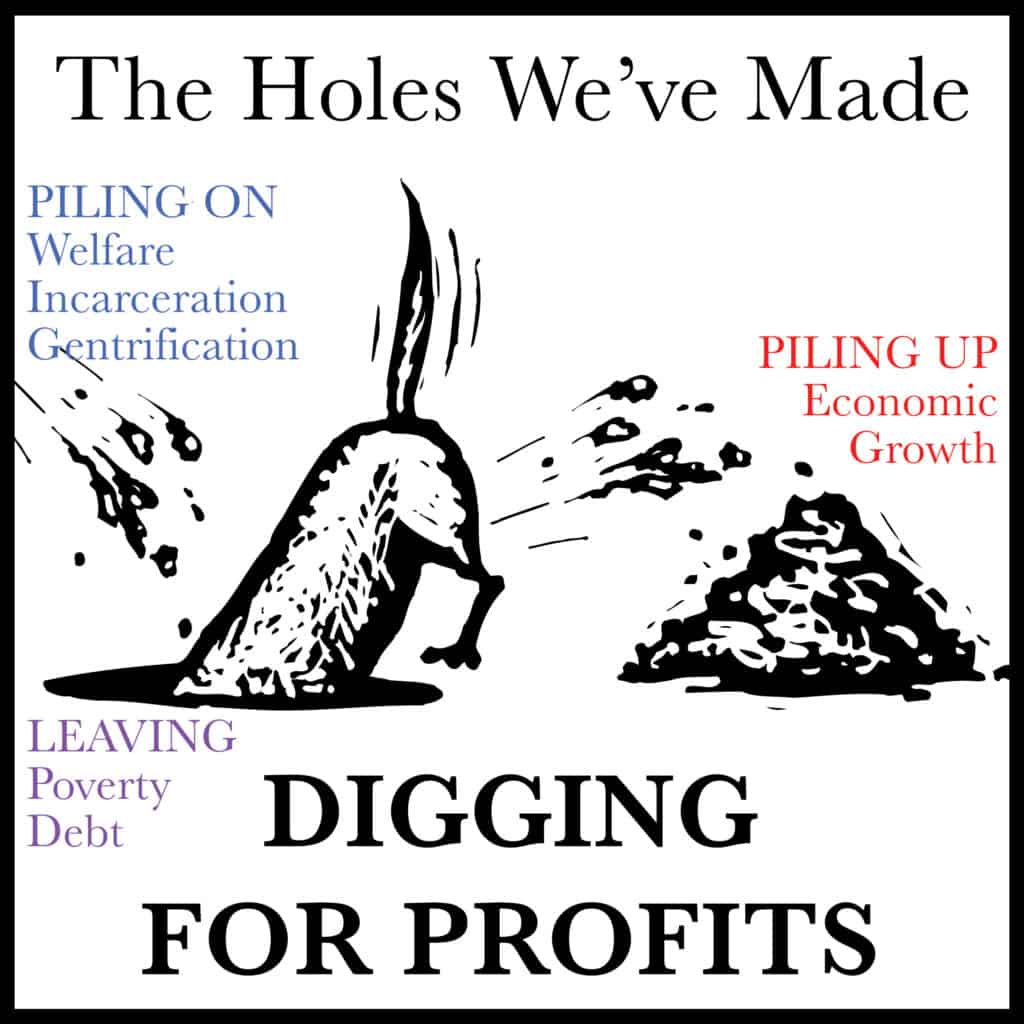
Critical Theory is simply the observation that nothing ever changes until one looks at it with a ‘critical eye’, to determine whether there is any way to improve upon it. If we applied the virtues of ‘Tradition’ to our economic worldview, we would still be using the horse as transportation, communicate by telegraph, and defecate in a hole outside a house illuminated by candle light, yet somehow, people are thought ‘radical’ to apply critical theory to the oppressive relationships we foster toward one another.
Within the Education space, Dr. Garza and many others do their part to help marginalized students become the ‘agents’ of their own emancipation. Many have been born in the hole society has dug while it continues to amass a pile of extracted resources. The teaching method Dr. Garza employs – Critical Pedagogy – is designed to build the steps necessary for marginalized students to climb up out of this hole.
I teach these units and with this pedagogy because it is humanizing and empowering for students. I give all my students a voice; a place to write, read, and think; and a nurturing and supportive environment. And in the end, even the most struggling student produces; they all produce
Veronica Garcia (Garza), Critical Media Pedagogy: Teaching for Achievement in City Schools
Critical Pedagogy; Tools of Humanization
What is critical pedagogy in the classroom?
Critical Pedagogy is a teaching strategy designed to engage learning within non-dominant communities, by empowering these ‘marginalized’ students to find their ‘voice’ as experts on how their marginalization, through overt and subliminal means, continues to perpetuate the paradigm of oppression in our society.
Dr. Garza sees herself as a Social Justice educator who believes in a culturally responsive learning environment, which sets high expectations for students. She empowers students through a problem-posing approach, which asks ‘what do you think about this’ versus ‘I’m going to tell you what to think about this’. She believes learning must be reflective – it cannot simply be shoved into an individual’s head (what she calls the old-school ‘banking approach’ to learning, where teachers attempt to deposit information into student’s brains).
Unless we experience it ourselves, knowledge will not stick. For this reason, Dr. Garza is constantly asking her students to question every thing they see, hear, think, and feel, mostly in an attempt to build a habit within them that she hopes will last a lifetime. This is the essence of ‘critical’ or ‘reflective’ thinking, and something our entire population could use right now – to admit, however begrudgingly, that the world is not flat, but round, which instantly makes more space for every one, and no longer allows entire groups of people to fall off the edges.
Paolo Freire, who established this Pedagogy of the Oppressed (aka Critical Pedagogy), believed that both Oppressor and Oppressed are dehumanized through the act of subjugation.

The Oppressor “loses his or her humanity to the extent that he or she cannot see humanity in others.” Freire saw literacy, not as a tool to prepare students for a life of “subordinated labor”, but for a life of ‘self-reflection’; an awareness of the “economic, political and…psychological dimensions” that have “ruled their lives” and “shaped their consciousness”. Freire was not interested in intellectualism without objective action, however. ’Praxis’ – the pairing of new knowledge with appropriately warranted action – should be the end result of one’s education.
Dr. Garza feels that “challenging established mainstream beliefs is how people form their own beliefs.” “Inspiring student agency” is the takeaway from her years as an AVID teacher. Teachers “must make [students] feel they are experts at something”, in order to grow confident in their abilities, a key to empowerment and ‘agency’. Her biggest message is that every one can grow and be better if ‘effort’ is applied; this makes ‘effort’ the most important ingredient in learning – to “never stop trying”.
The development of empathy in students (and teacher) should be considered a primary goal of education because it offers an organizing principle for our field, grounded in hope, love, and a commitment to more equitable society.
Nicole Mirra, Educating for Empathy
Cultural Competence
What are the four components of Cultural Competence?
What are the four components of Cultural Competence?
Cultural Competence is a necessary tool in a teacher’s sensitivity training, to more easily interact with people from all cultures and belief systems; it will require acknowledging the various traditions, languages, learning capacities, and home lives of the families within their purview. To achieve an acceptable level of Cultural Competence, a teacher should 1) know their own cultural identity (and any beliefs influenced by it), 2) be familiar with the community in which they work, 3) spend time getting to know students, as well as their families, and through these relationships 4) build a base of knowledge about the different cultural practices and views influencing each student.
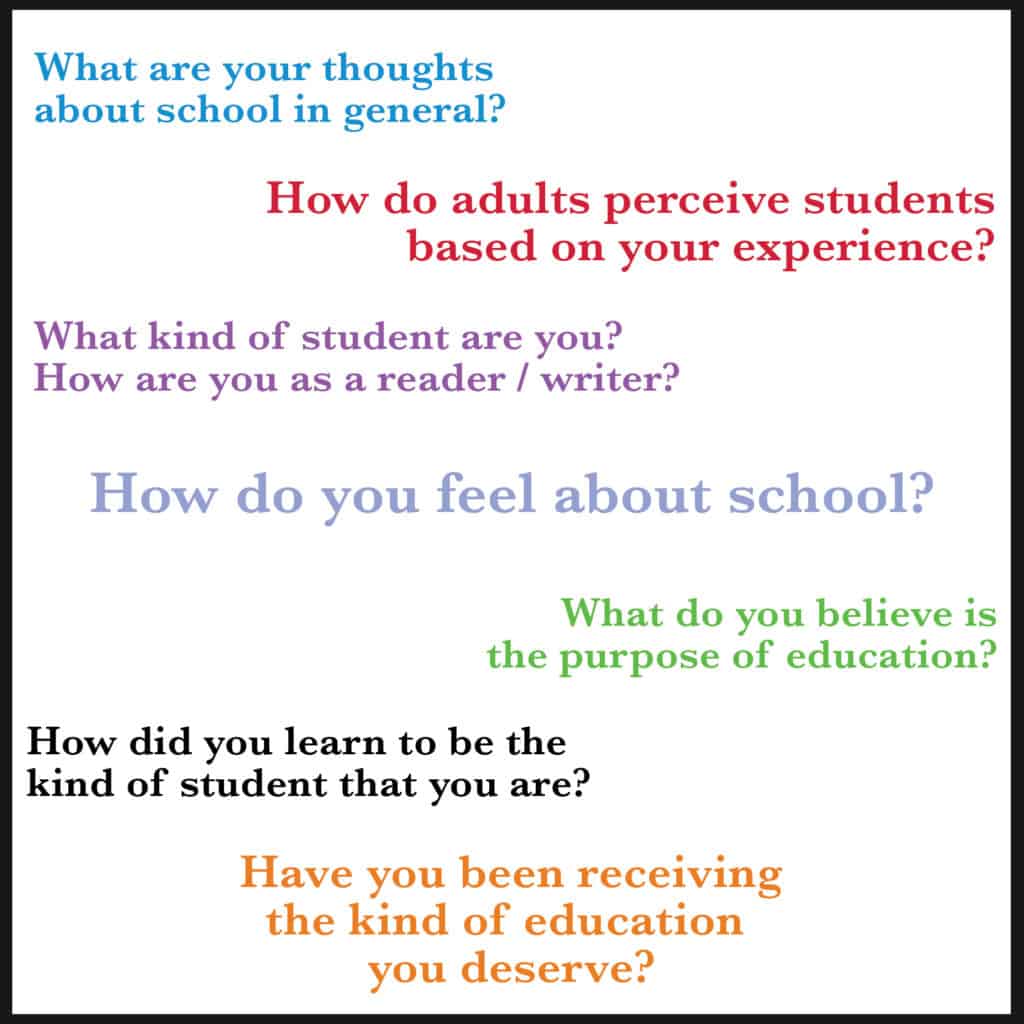
Dr. Garza recommends students feel comfortable bringing their outside world into the classroom environment (to “situate learning directly in the students’ own experiences, which increases relevance, and thus motivation”). In her high school teaching days, her first language unit each year was a “Critical Literacy Narrative”, in which the students used pictures, music, and narrative writing to tell the story of a ‘Day in My Life’. Prior to this, Dr. Garza had the students answer several questions about their educational experiences up to that point, often finding their experiences had not been pleasant. Few had ever been asked to read a book. Many had been subject to the “banking approach” of “depositing knowledge into their brains”, which left them feeling like the school believed them empty or devoid of any knowledge.
In a ‘profit-seeking’ Economy, the ’Mainstream’ media will cater to the (financially) dominant culture, leaving few (if any) positively-reinforcing references to the ‘other’ (non-dominant) cultures. This is why alternative references (within music, sports, or popular culture) must be allowed in the classroom, as they often tell the story of marginalized society not found anywhere else. By acknowledging it as a resource for telling ‘their side of the story’, teachers validate students’ lives while simultaneously increasing relevance and empowering motivation.
Through the use of culturally relevant media, it is easy for teachers to introduce the elements of writing – theme, mood, tone, metaphor – in order to move students from what they know into what they will need to know to be better writers. In her ‘Critical Literacy Narrative’ unit, Dr. Garza also obtained valuable information about her students’ lives, which served her throughout the year, in order to build relationships, trust, community, and ultimately, student achievement. All this from what she refers to as “relevant and engaging learning experiences”.
The global industrial rhetoric around…education prioritizes workplace readiness, quantifiable literacy, and numeracy skills above…kindness, empathy, or a proclivity to act toward justice in the world…What good is…education if it does not serve to make the world a more peaceful and connected community?
Ernest Morrell, Educating for Empathy
Critical Literacy
What is critical literacy (and how do you promote it in the classroom)?
Critical Literacy is a method used to increase student comprehension by empowering them, as ‘experts’, to apply a critical lens to all they encounter; this indirectly increases accountability (as an ‘expert’) to better grasp the meaning and intent of what they experience, and how it correlates with their present understanding of the world.
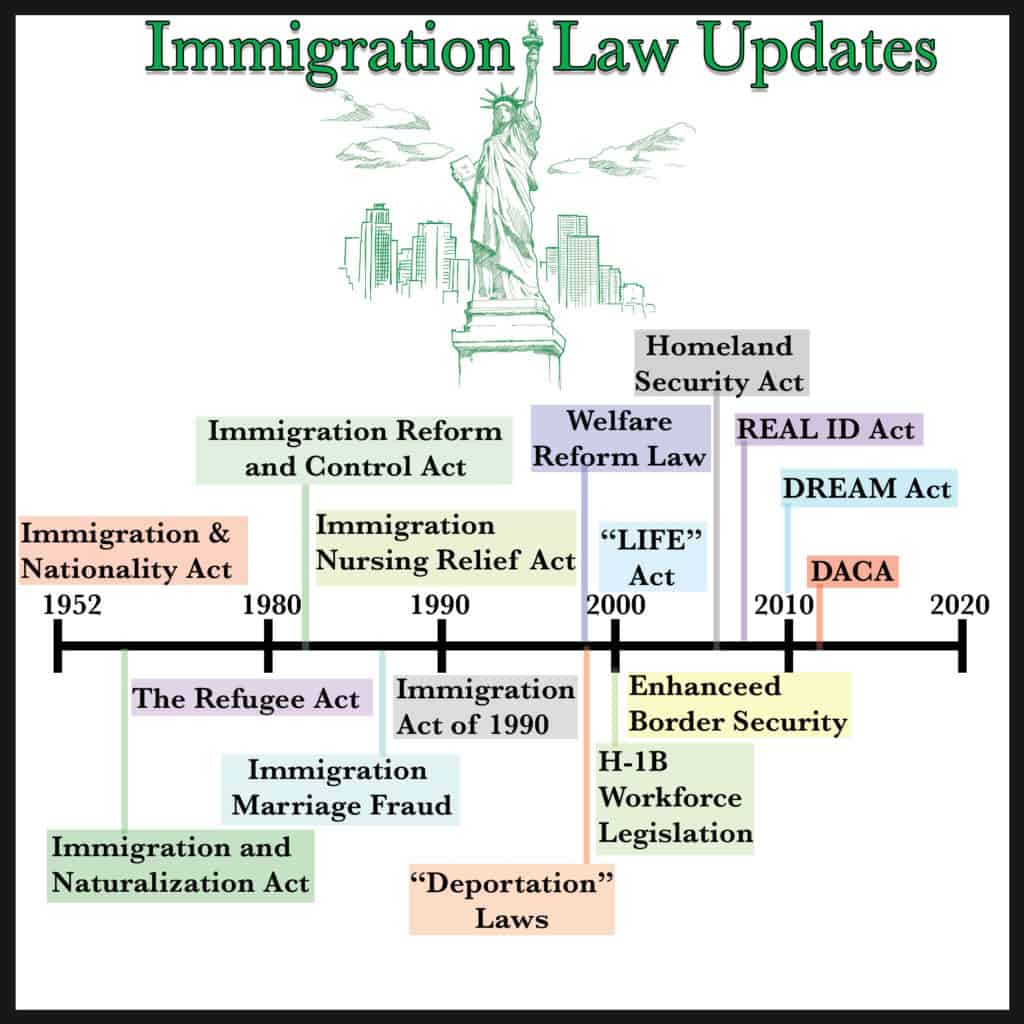
The student population at Woodrow Wilson High School, where Dr. Garza taught English for six years, was 93% Hispanic. For her ‘Critical Persuasive Essay’ unit, students worked together to create a public service announcement addressing a (then) recently passed Arizona bill (SB1070), which gave law enforcement the power to require “proof of citizenship to anyone suspected of being an undocumented immigrant.” With this, Dr. Garza incentivized her students by alerting them to a topic – immigration – for which they had untold expertise. Students were also asked to present their own example of persuasive writing. Here was one such example:
“Dear U.S. Border Patrol: My name is Jose and I am a student at Wilson HS in Los Angeles. I’m writing about how we deal with immigration because I see immigrants working in LA all day long, just to keep the city clean. Also my uncle was deported and I want to help him return…Immigrants come to the US to help us, not destroy our country. Our country should be helping the immigrants, not separating them from their families…Let’s not allow immigrants to die and suffer. Instead, let us make the right decision by letting immigrants live strong and happy lives.”
Pull out even the simplest of our ‘critical thinking’ tools – common sense (designed to merely scrape the observable surface of things) – and it is still pretty clear that something about the whole of society is ‘not quite right’. Once we pull out the bigger tools, and begin digging deeper, we will eventually get down to the root of it; it is only then that systemic change, and not superficial ‘band-aid fixes’, will be possible.
Restorative Justice in Schools (and the ‘Restorative Circle’)
What is restorative justice in education?
Restorative Justice is the indigenous version of maintaining peace within ‘communities’, by establishing ‘communal relationships’ that respect all sides in a dispute, in order to negotiate more amicable resolutions. The ‘restorative circle’ is the symbolic instrument for implementing this kind of conflict resolution, as community members face each other in a show of equity and solidarity, rather than one of suspicion, isolation, hostility, or rejection.
Restorative practices start with valuing relationships. As the world gets increasingly smaller, there is literally nowhere left for nomadic types to spread (except maybe Mars). At some point, the indigenous model of ‘community’ will need to be embraced; the first step is to establish and cultivate these communal types of relationships, which implies something is shared. Nomadic types often treat relationships like all the other ‘assets’ they accumulate: something to be utilized in the pursuit of their own happiness. This is an extractive kind of arrangement, where each takes what they want – it is difficult to know what, if anything, is truly ‘shared’. The deficit created by all of society’s extractive pursuits desperately needs ‘restorative’ practices, in order to put back at least some of what has been taken.
Besides helping teachers to acquire these skills, Dr. Garza is also asked to come help entire schools implement restorative practices. Her approach always starts from ‘the ground up’: focus on ”how we treat each other,” and always ask “what is our responsibility in this as teachers?” “How do we build trust?” Do we greet our students at the front door with smiling faces, or with metal detectors and a police search?
Indigenous thinking tends to start from the root and extend outward. For nomadic types, things are built from the top down – an ‘authority’ must assert control in order to drive some singular agenda forward.
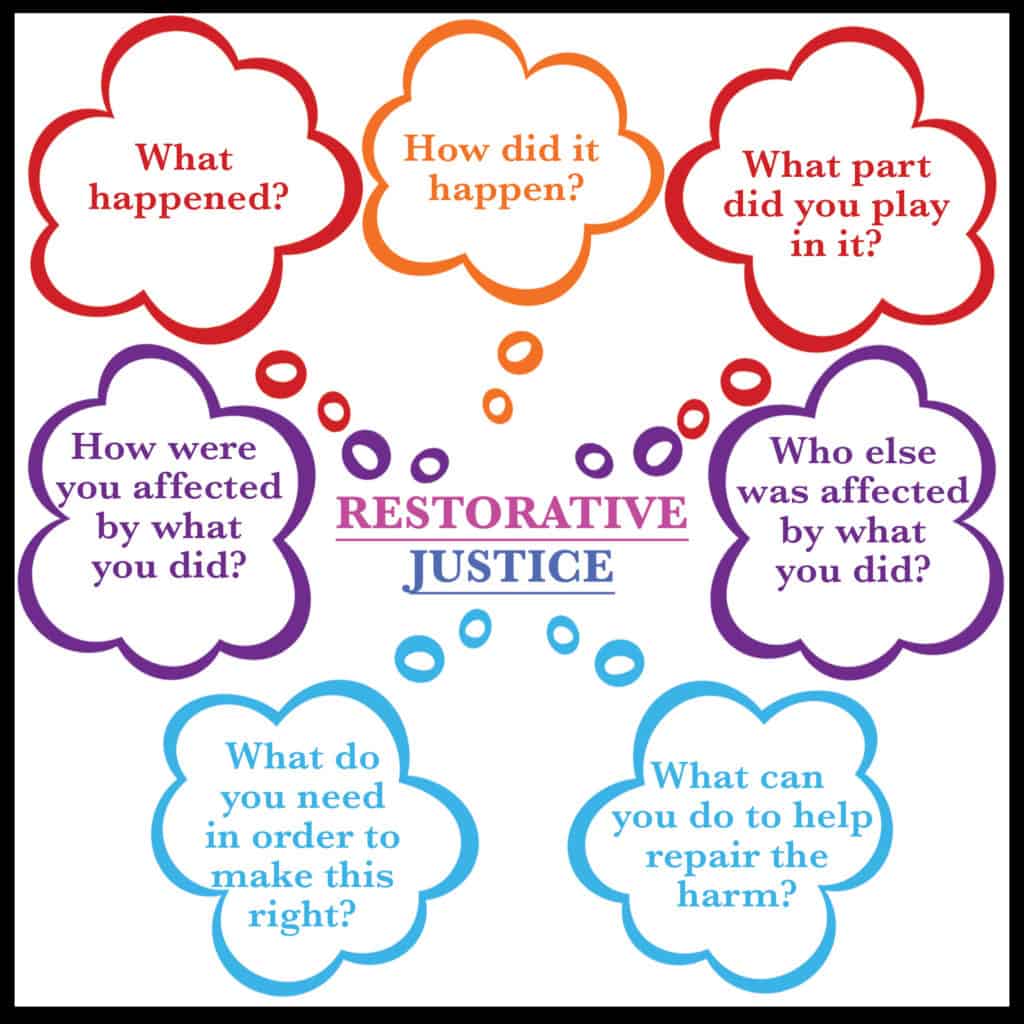
This is why the current implementation of restorative justice in schools needs a strong leader at the top to say “we are all doing this”. Once the process is wholly embraced, it has proven to work quite effectively; studies show that as trust builds among a ‘community’, incidents of unwanted ‘behavior’ drop.
We have wholly embraced the traditional model of Retributive Justice for quite some time, and clearly, it has been wholly ineffective at reducing unwanted behavior. It is time for a different process. Beta testing for Restorative Justice has proven a success. As usual, we will need an ‘authority’ figure – in this case our federal government – to mandate this new approach, as all ‘stakeholders’ must agree to ‘opt in’ for the process to work.
The ‘School to Prison Pipeline’
How can we stop the school to prison pipeline?
The term ‘school to prison pipeline’ “is about unearthing racist disciplinary practices in schools that disproportionately affect students of color…Education represents a key institution for youth, particularly students of color, that has the power to push students towards successful outcomes or change their life trajectories.
Dr. Veronica Garza
The truth is, Education represents the only institution available to marginalized children besides the institution of prison, so how education handles its role will decide whether they can keep children in the school pipeline, or push them out into the street- with no education – destined to funnel into the so-called ‘prison pipeline’.

For her doctoral dissertation at USC, Dr. Garza interviewed “Latino males who were incarcerated during their K12 years.” She had only one question for them: what were their educational experiences prior to incarceration? She found that none of them was still in school by the 8th grade. One got in a fight in 1st grade, and was forced into special education programs until one day he never returned. Another, accused of instigating a fight in 7th grade, was re-routed into ‘home schooling’ – only he had no home supervision. Thus, at twelve years of age, he was essentially forced from the educational system, and left to the only other system America has waiting for our children: the U.S. prison system.
Dr. Garza saw firsthand how latino males from her classroom got “caught up in the juvenile and even adult correctional institutions…I know they could have produced. I saw it with my own eyes, in my own classroom – and their peers saw it, too. And I know from their stories, written in my classroom, they were ignored and faced many negative schooling experiences throughout their education.”
If Dr. Garza had only one question for our current educators, it would likely be “what is our purpose?” Is it to perpetuate the retributive, self-serving, isolating and inequitable traditions of oppression?
Or can we go further – to arm kids with the necessary tools to dismantle those traditions? Dr. Garza, at least, is willing to hold herself accountable for her part in whether or not children wind up in our U.S. Prison System. Again, all ‘stakeholders’ will need to ‘opt in’.
Culturally and historically responsive education (CHRE) is derived from…our Black ancestors [who] were very intentional about calling learning goals pursuits rather than standards. A learning ‘standard’ indicates a ceiling or a stopping point. Yet, a ‘pursuit’ does not have a ceiling; rather, it is ever evolving and one that helps students attain the larger goals of self-reliance, self-determination and self-liberation.
Gholdy Muhammad, Twelve Question to Ask
Culturally Responsive Practices
What are culturally responsive practices?
Being Culturally Responsive is more than awareness of (or sensitivity to) our variations in language, beliefs, customs or behaviors; it starts with being sensitive enough to see our commonalities, or what is already shared between us. This serves as a proper introduction to more comfortably explore what we do not know about each other, likely influenced by both environment and upbringing, the latter which can involve cultural nuances. Understanding these nuances leads to ‘culturally responsive’ practices.
In one of the units Dr. Garza designed to build the ‘Critical Minds’ of her students, each child interviewed family members. When their findings were presented in class, “students discovered they shared many similarities” in their cultural upbringing, which Dr. Garza perceived as further unifying the classroom. Upon discovering the history of family members, who had experienced setbacks, or were forced to discontinue their education, some students became more determined not to repeat that history.
In reality, most of us do not know our family history, because it is not our history; our history is what we have experienced personally, and this is where we must eventually place our focus. What’s done cannot be undone; it is what are we going to do today that will help shape the next day. Pointing out how we are all different from each other is not necessarily going to lead us toward the realization that we are, in fact, not all that different from each other; self-isolation within the very groups that have been marginalized is an understandable defense strategy (equivalent to ‘circling the wagons’), but is a reaction to being oppressed that unfortunately keeps one grounded within it. Meanwhile, it is the self-isolationist attitudes of extreme groups within the dominant culture that also continues to perpetuate this model of Oppression.
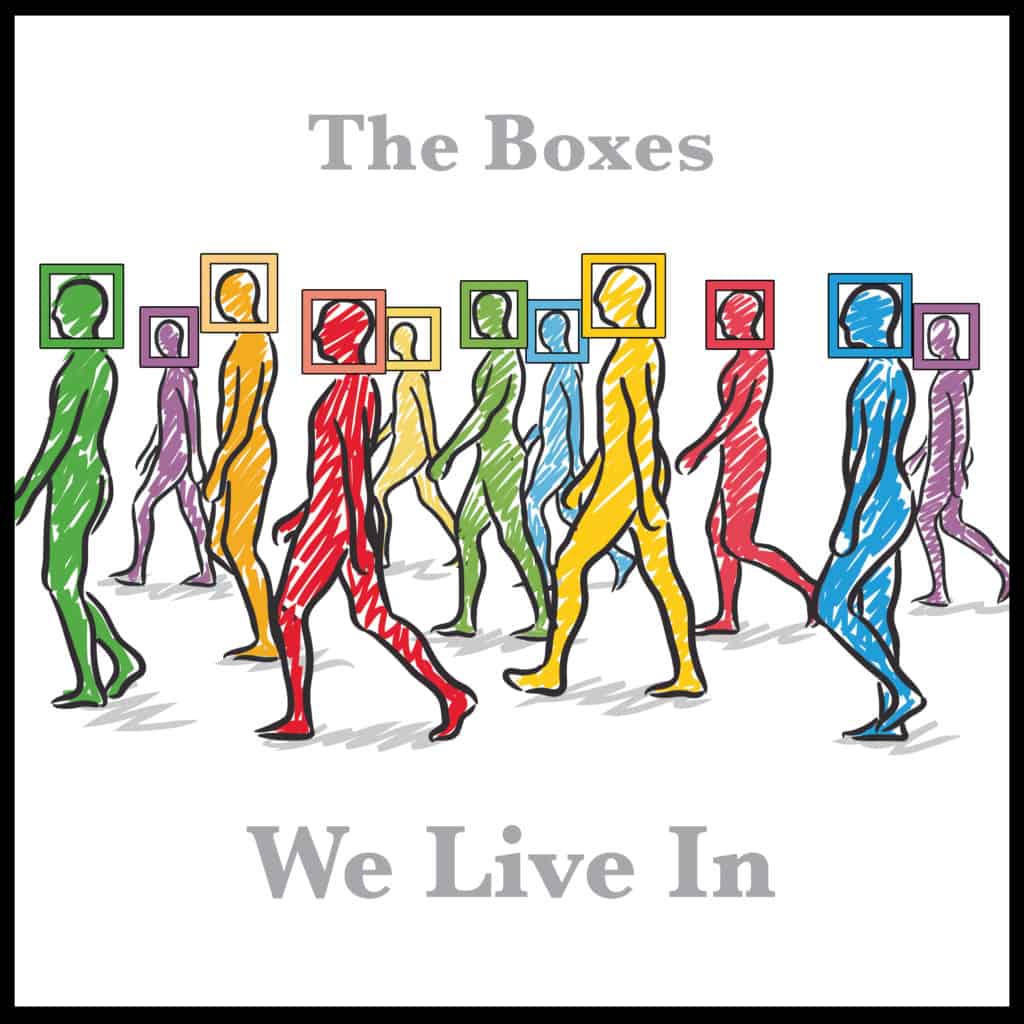
I feel for racial activism in a white supremacist world – our imagination is so boxed in by white supremacy that our definition of freedom is even boxed in by white supremacy…I know that I don’t know what freedom looks like
Ijeoma Oluo
Change must come from a dispassionate journey far enough away from our individual fears to see some bigger picture. All humans form gangs because of some instinctual drive to protect each other from some perceived threat. As vexing an exercise as it may be, we must take a moment to reflect upon how the dominant culture might feel threatened enough to continue ‘ganging up’ on non-dominant cultures. Here are just two examples..
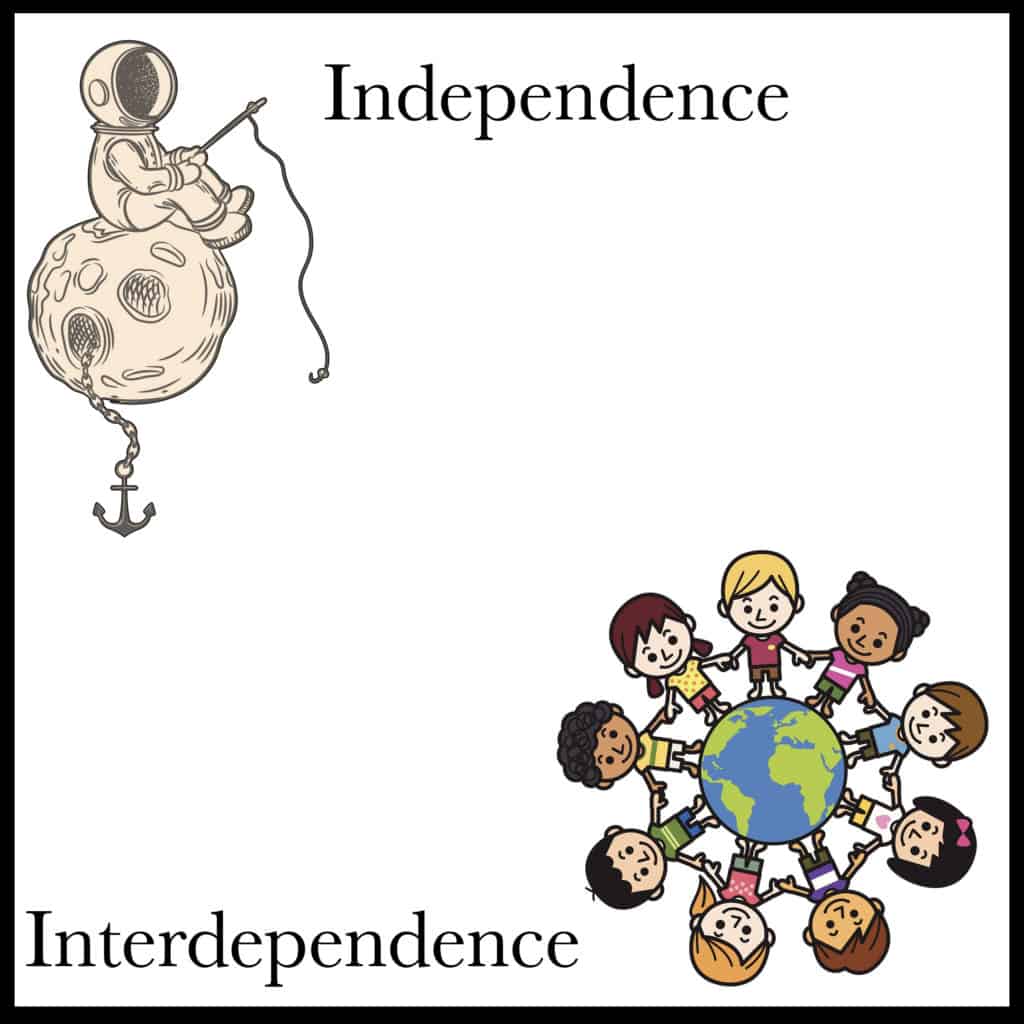
- It is the whites threatened by poverty that act out the most, in a show of pseudo-white supremacy they clearly do not possess. Taking a threatening stance is a typical fight-flight response. By isolating in cancerous ‘cells’, however, it is historically proven (see Civil War) that the body of the human population will eventually turn on them, attempting to purge the cancer from itself. Also proven is that resistant strains of these cancerous cells survive and then become even harder to kill. Perhaps removing the threat systemically might calm tensions down, and allow overall healing to begin, but to remove poverty, we would have to alter our current economics, which is designed to create poverty.
- People who traveled to America, even the white variety, came from a place where they were not dominant – that is why they left. Again, it is historically proven (see Holocaust) that Oppression is a disease that is passed on from Oppressor to Oppressed; sadly, those who have been persecuted eventually wind up persecuting someone else, perpetuating the disease, until someday, somehow, we eradicate it together. It can only be done together.
One of the tenets of a culturally responsive classroom is the notion that the teacher has a good relationship with each student.
Through this connection, teachers can begin to know each student’s strengths (in order to build on those strengths) and weaknesses (in order not to carelessly expose them, and risk harming any gained trust). This speaks to the growing movement to train empathy in schools, which is certainly the kind of healing remedy we need, and not more invasive procedures, that only leave further scars and resistant ‘cells’.
Someday, our goal must be to connect the entire world together, but currently, some of us would settle for being accepted by our own country. Anything smaller than that turns into crippling factionalism and isolating gang affiliations. While ‘top-down’ measures to implement Peace continue, however poorly, currently marginalized groups must continue to heal us from the ‘ground up’. We may eventually meet in the middle before the world explodes, but just to be safe, we might consider working this strategy together.
A ‘radical’ attempts to leave the circle of certainty and fully enter reality, in order to understand it and better affect change – the more you understand reality, the more able you are to truly transform it
Paolo Freire
The Third Option Solution
We thank Dr. Garza for helping us better understand critical pedagogy. Because of her, the work of Paolo Freire was also revealed: a philosophy which resonates with everything the Third Option is attempting to achieve. Our new favorite word is now ‘praxis’ – the pairing of knowledge with action – which is what the Third Option has been about since its inception.
Freire apparently lamented, at the end of his life, how the “market theology of neoliberalism” turned words meant to drive action into vacuous slogans, and self-proclaimed ‘radicals’ into no more than a “chic brand” – a symbol of status. Today’s so-called ‘radical has succeeded in “decoupling critical discourse” from action to benefit financially from the system, without ever having to“walk the talk”.
It should be noted that many of those Americans who did ‘walk the talk’ often wound up getting shot. One might reasonably argue that getting shot trying to help a bunch of people who aren’t doing much to help themselves is a questionable strategy. For this reason, the Third Option appreciates the efforts of Freire and Garza to empower oppressed people to join in their own fight as much as possible.
Meanwhile, the issues that plague us spring forth from the root, and can only be eliminated by striking at the root.
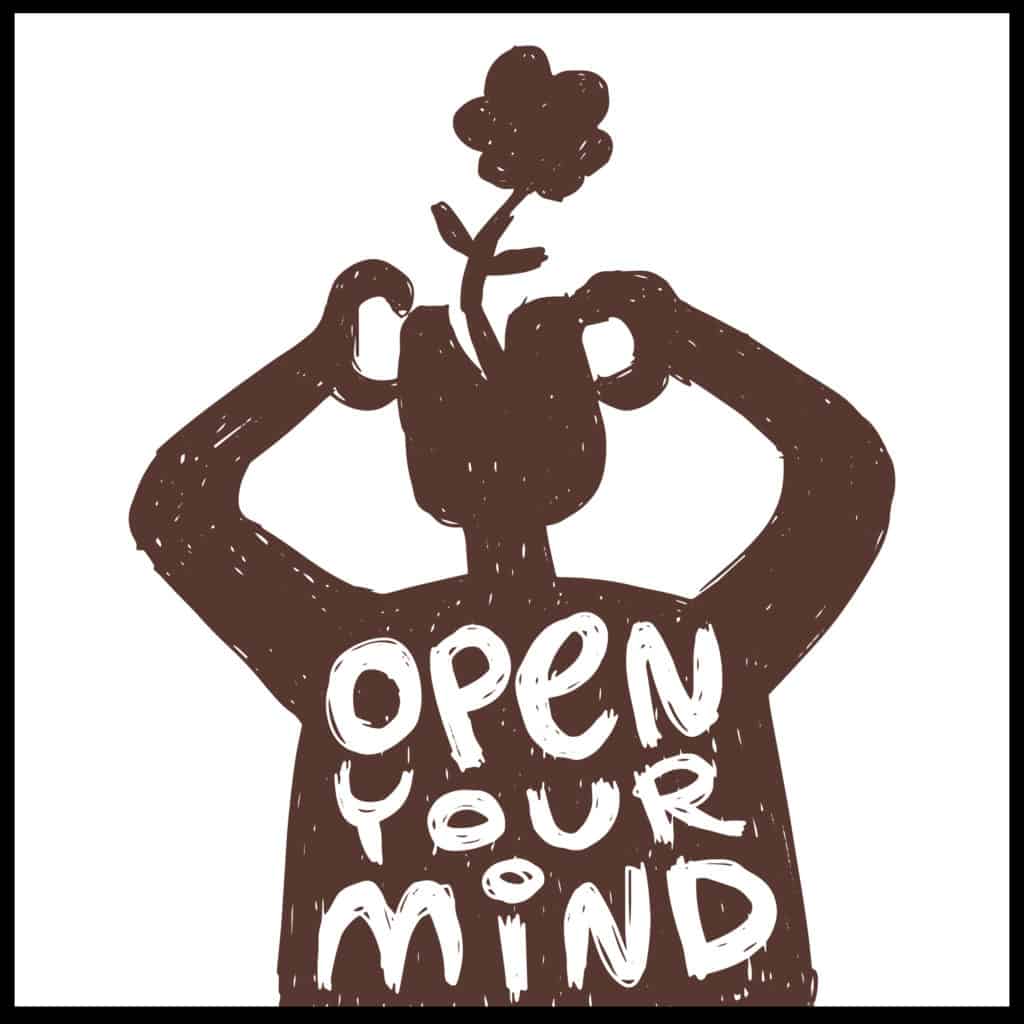
Slogans, like labels, are applied to the surface of things; they are designed to ‘dumb things down’, apparently because we are too dumb to reflect upon anything deeper than a fifteen second ad spot. Ironically, it is the labeling of people that allows us to dismiss them as people. The packaging of ideas (in order to sell them for mass consumption) smacks of neoliberal marketing techniques, and again, the Third Option appreciates the efforts of Freire and Garza to NOT dumb anything down, which is how our Liberty and Democracy as gotten slowly and methodically taken away from us.
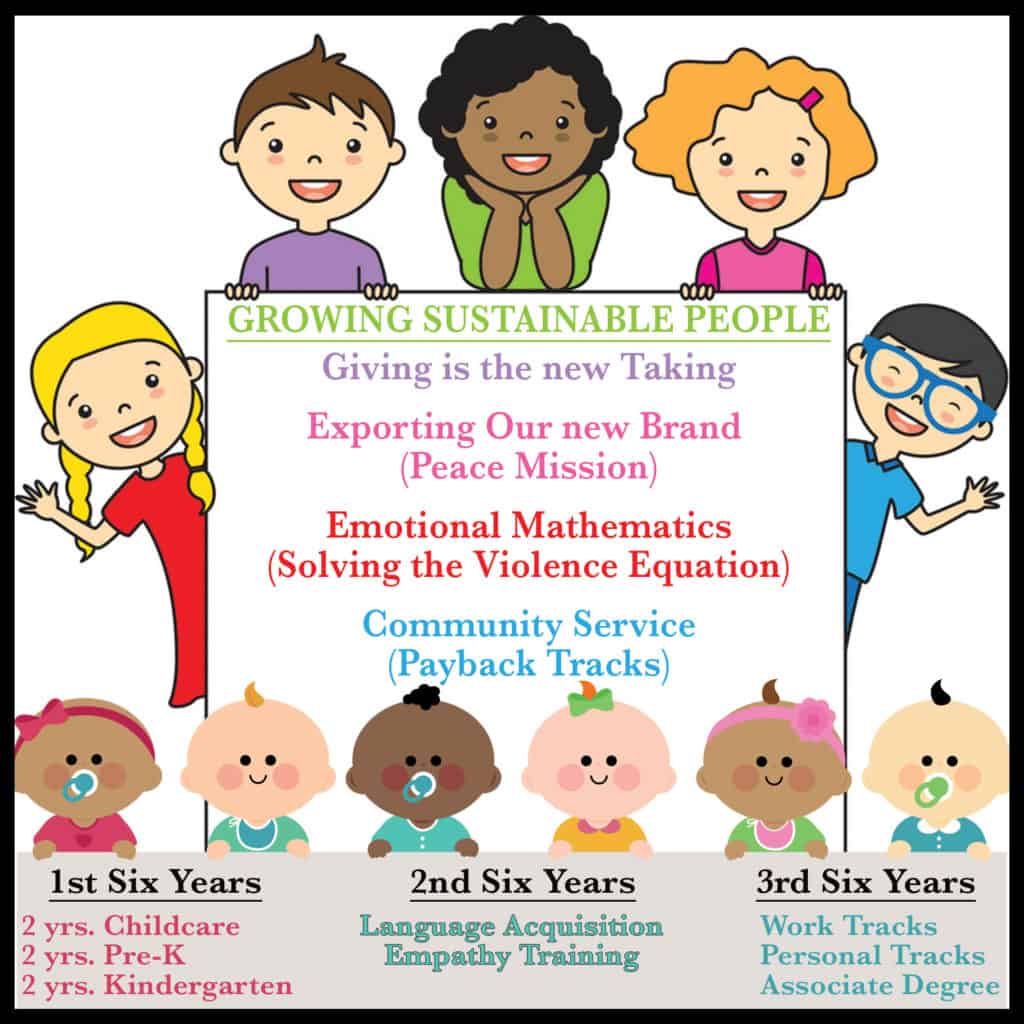
One of Dr. Garza’s favorite words is ‘effort’, which is also a favorite of ours. Effort is the main ingredient in all achievement, whatever the discipline, and the Third Option believes that teaching Effort, as its own subject, would be a worthwhile investment, as each of us must eventually apply effort to something for which passion is lacking (doing laundry comes to mind). As educators know, each child has a passion for which they already apply considerable effort; it might involve physical effort, as in a sport, or perhaps mental effort, as in learning a musical instrument.Once ‘effort’ – framed as a universal ‘attachment’ – is learned through the pursuit of individual ‘passion’, it could be detached and re-attached to other ‘relevant and engaging’ tasks or topics within the classroom setting.
The Third Option breaks their learning model into ‘tracks’. ‘Personal’ (or passion) tracks are where kids hone the skill of ‘effort’, on the subjects they care about. ‘Work’ (or ‘payback’) tracks are where effort is re-applied to solving various issues within their community. These tracks are relevant because they directly impact neighborhoods, while facilitating the mastery of critical skills along the way.
They are called ‘payback tracks’ because children would now be expected to pay their education back, making it not something given for free, but something of value that must be earned. In the new paradigm, effort coupled with sufficient knowledge instantly creates value; quality is gained through the repetition of this process, while applying a ‘critical’ eye to improve upon each iteration. Humans make mistakes. Self-actualization is about learning from our mistakes, and to continue applying effort toward reaching the best iteration of ourselves, and the society in which we live.
The Third Option pages on education: How a National Public Bank can build infrastructure in our schools | Education 4.0
Further Reading:
- High School Students’ Perspectives on the 2001 No Child Left Behind Acts’ Definition of a Highly Qualified Teacher
- From the Ground Up: Cultivating teacher educator knowledge from the situated knowledges of emerging, asset-oriented teacher educators.
- Predicting High School Teacher Use of Technology: Pedagogical Beliefs, Technological Beliefs and Attitudes, and Teacher Training
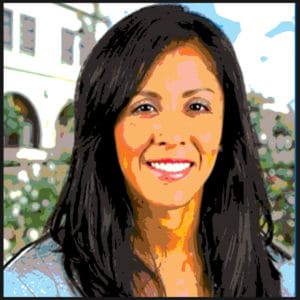
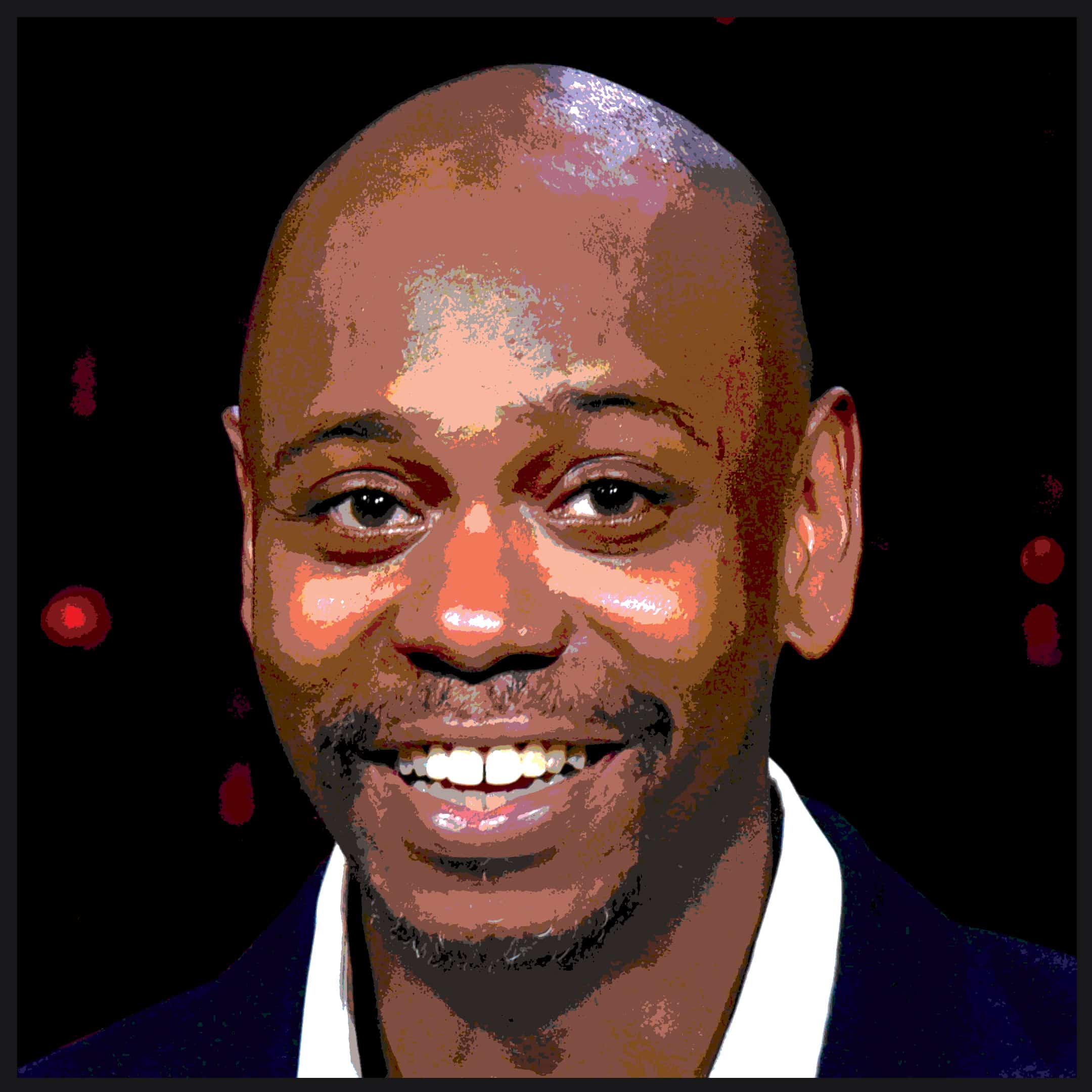 DAVE CHAPPELLE
DAVE CHAPPELLE